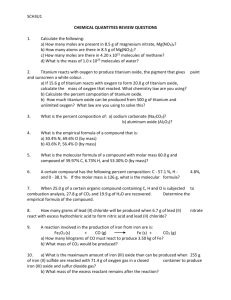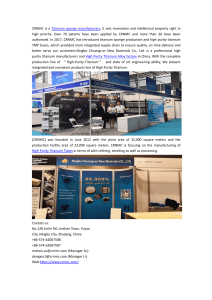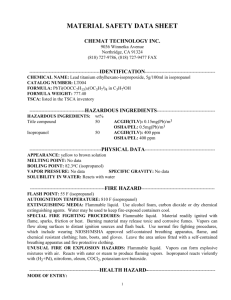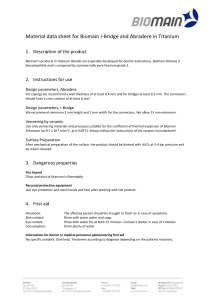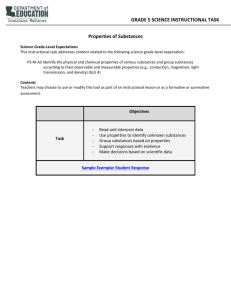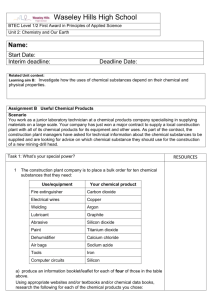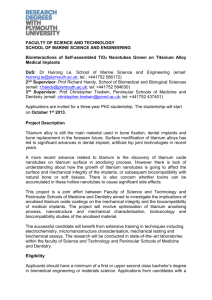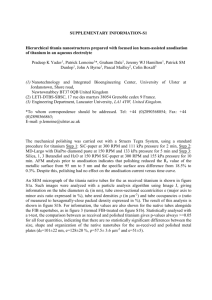Implant Materials Engineering – History, Design, Materials, Surface
advertisement
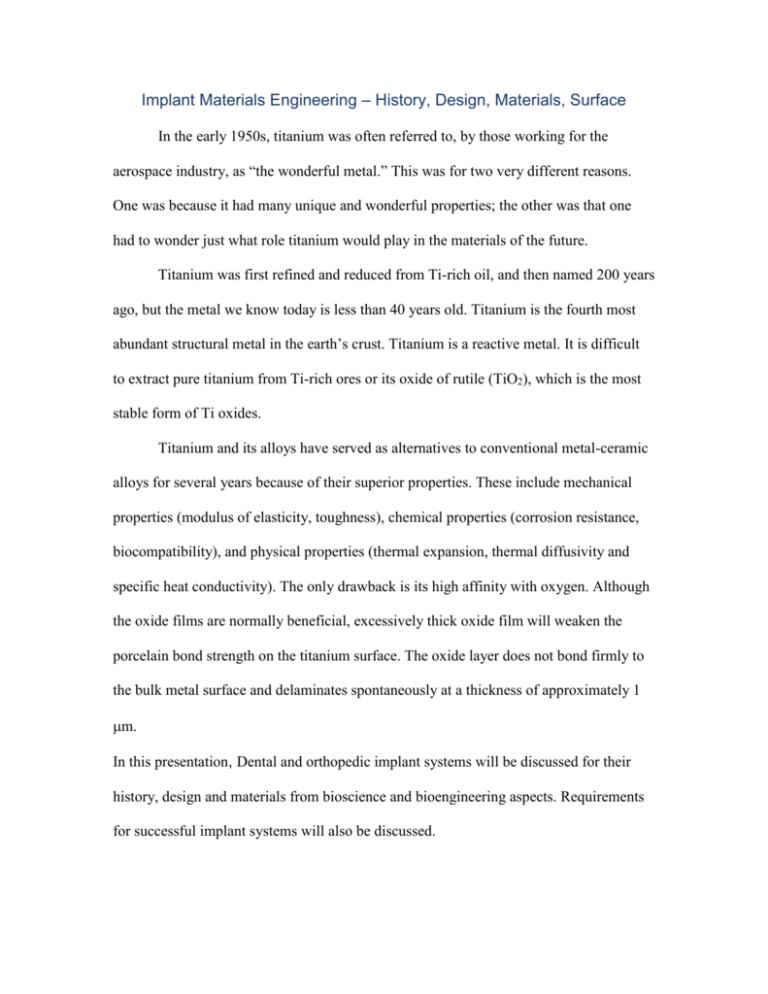
Implant Materials Engineering – History, Design, Materials, Surface In the early 1950s, titanium was often referred to, by those working for the aerospace industry, as “the wonderful metal.” This was for two very different reasons. One was because it had many unique and wonderful properties; the other was that one had to wonder just what role titanium would play in the materials of the future. Titanium was first refined and reduced from Ti-rich oil, and then named 200 years ago, but the metal we know today is less than 40 years old. Titanium is the fourth most abundant structural metal in the earth’s crust. Titanium is a reactive metal. It is difficult to extract pure titanium from Ti-rich ores or its oxide of rutile (TiO2), which is the most stable form of Ti oxides. Titanium and its alloys have served as alternatives to conventional metal-ceramic alloys for several years because of their superior properties. These include mechanical properties (modulus of elasticity, toughness), chemical properties (corrosion resistance, biocompatibility), and physical properties (thermal expansion, thermal diffusivity and specific heat conductivity). The only drawback is its high affinity with oxygen. Although the oxide films are normally beneficial, excessively thick oxide film will weaken the porcelain bond strength on the titanium surface. The oxide layer does not bond firmly to the bulk metal surface and delaminates spontaneously at a thickness of approximately 1 m. In this presentation, Dental and orthopedic implant systems will be discussed for their history, design and materials from bioscience and bioengineering aspects. Requirements for successful implant systems will also be discussed.
